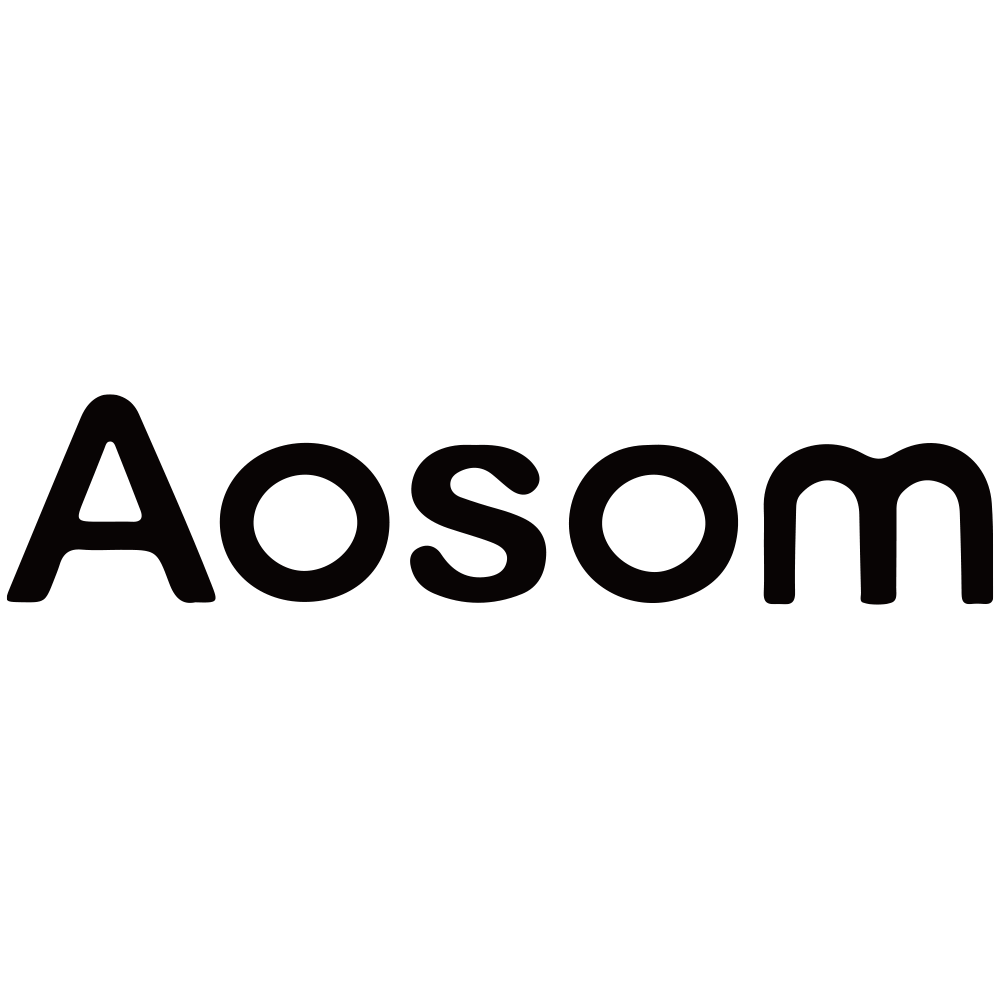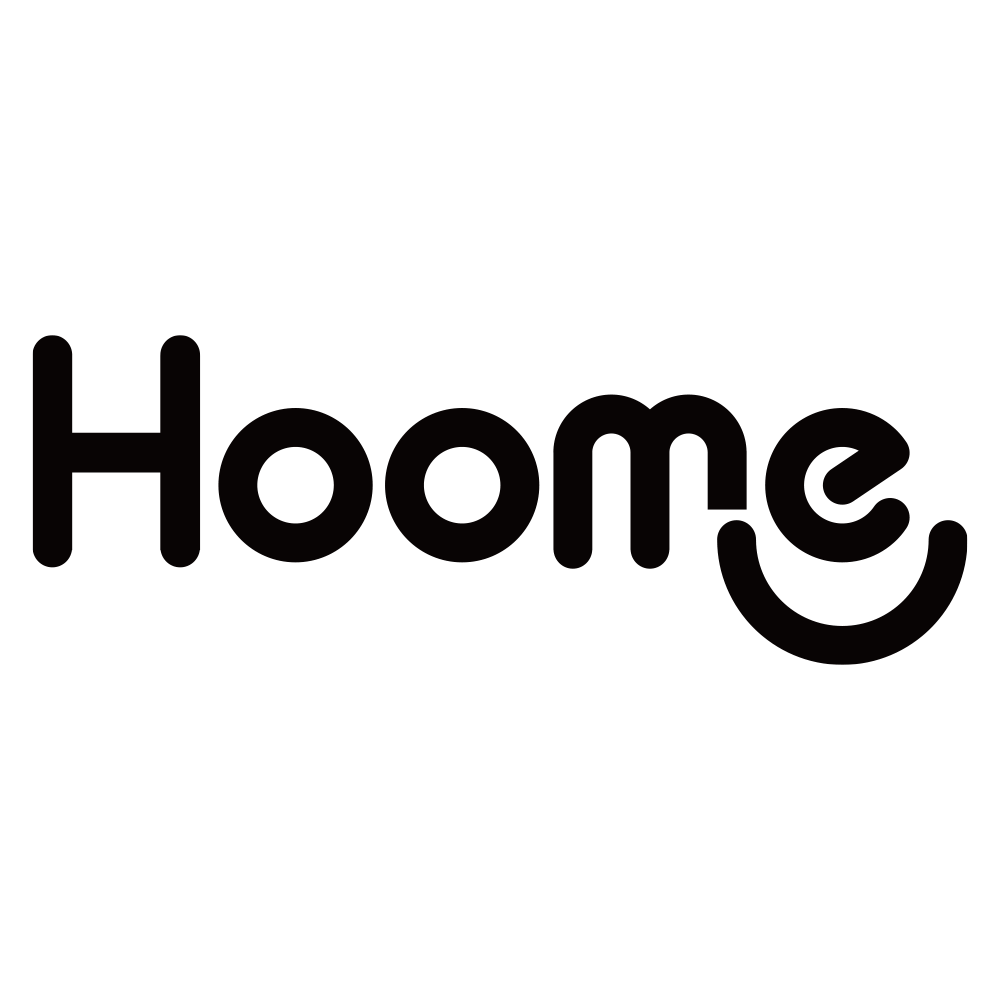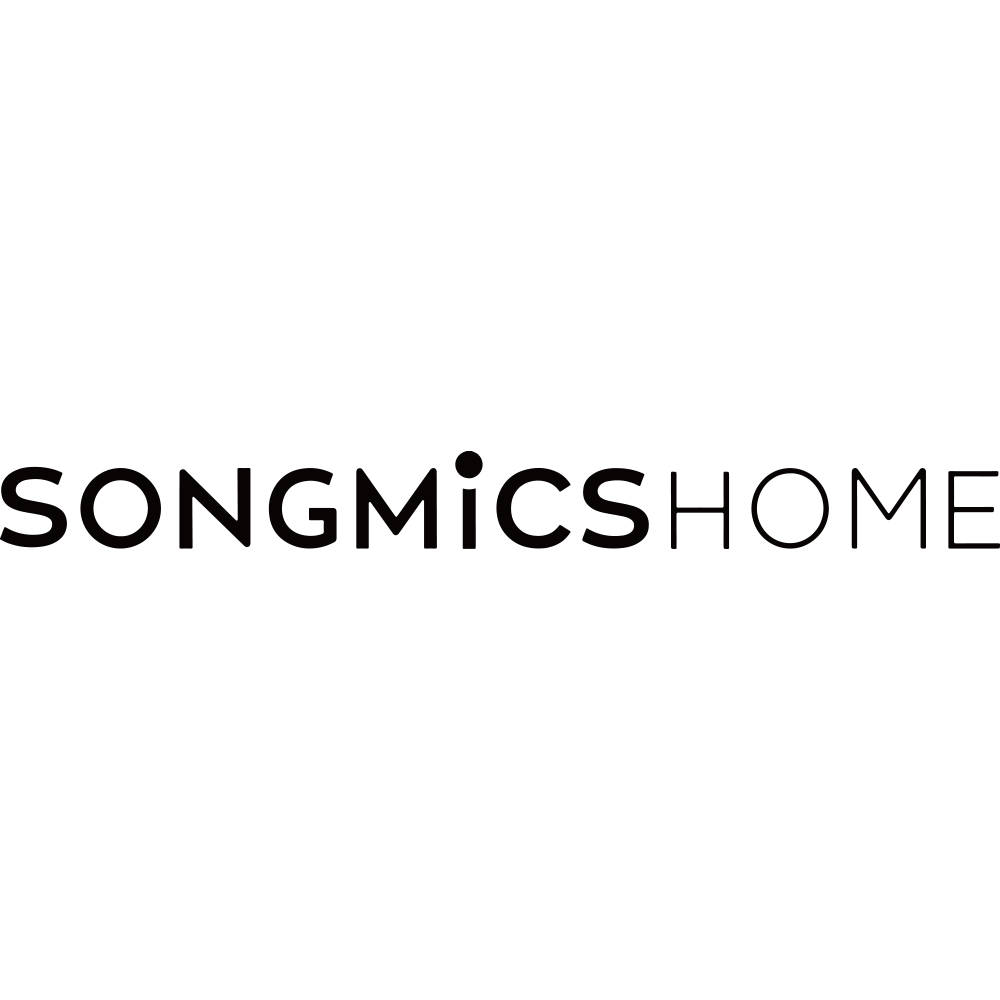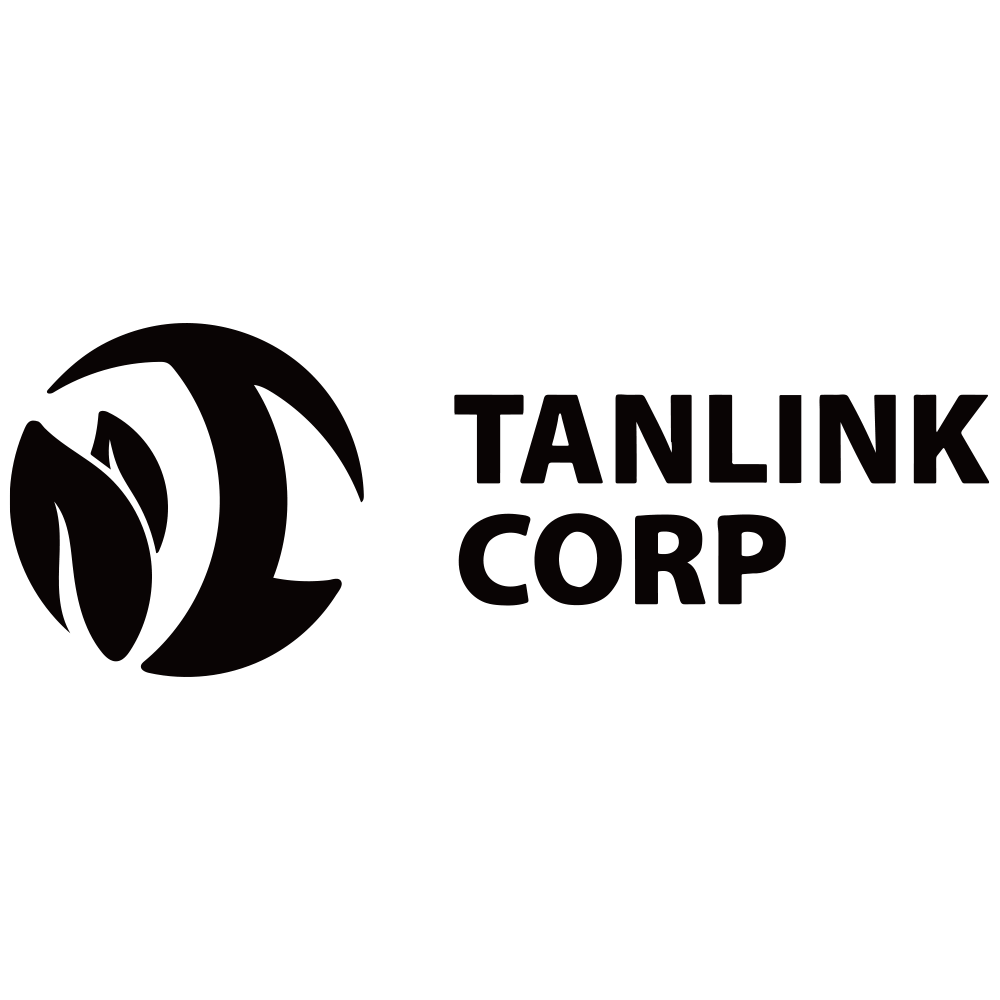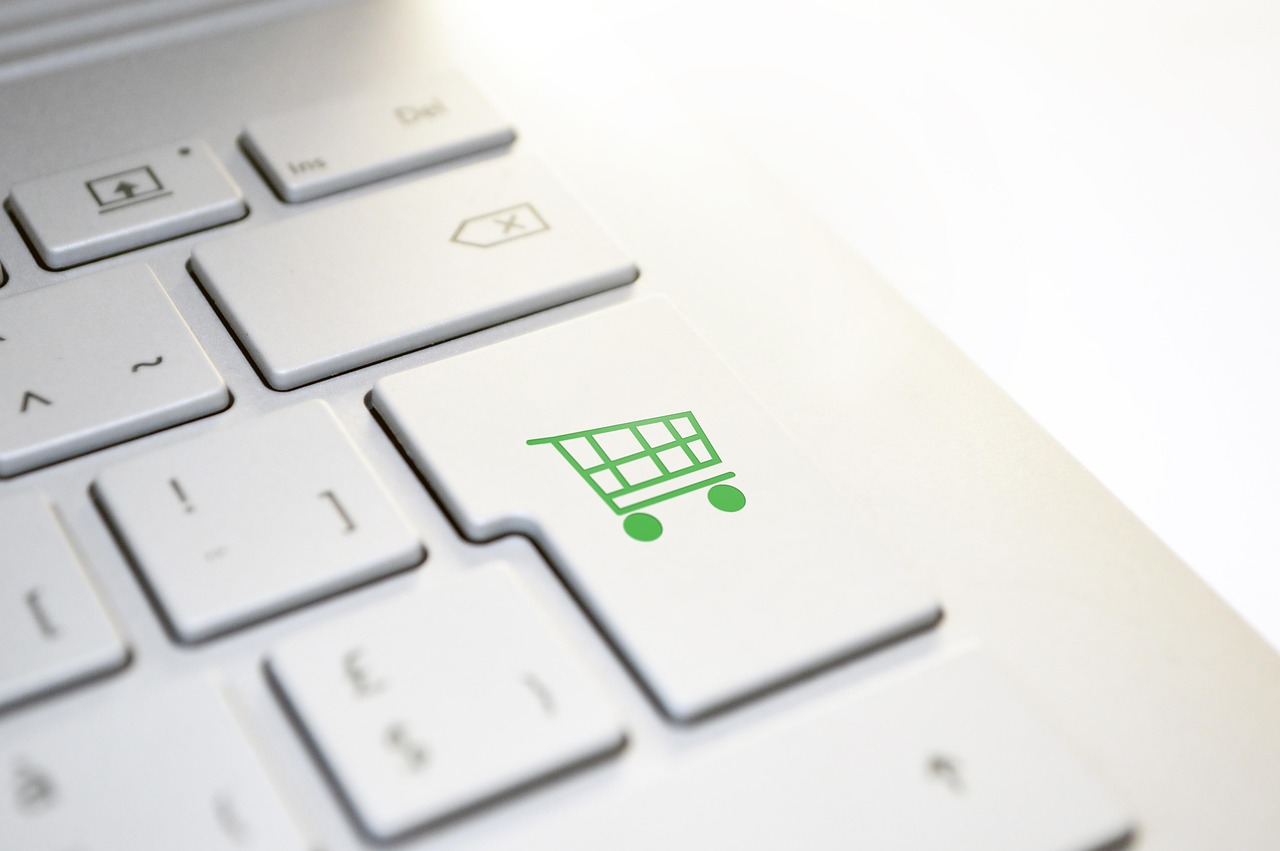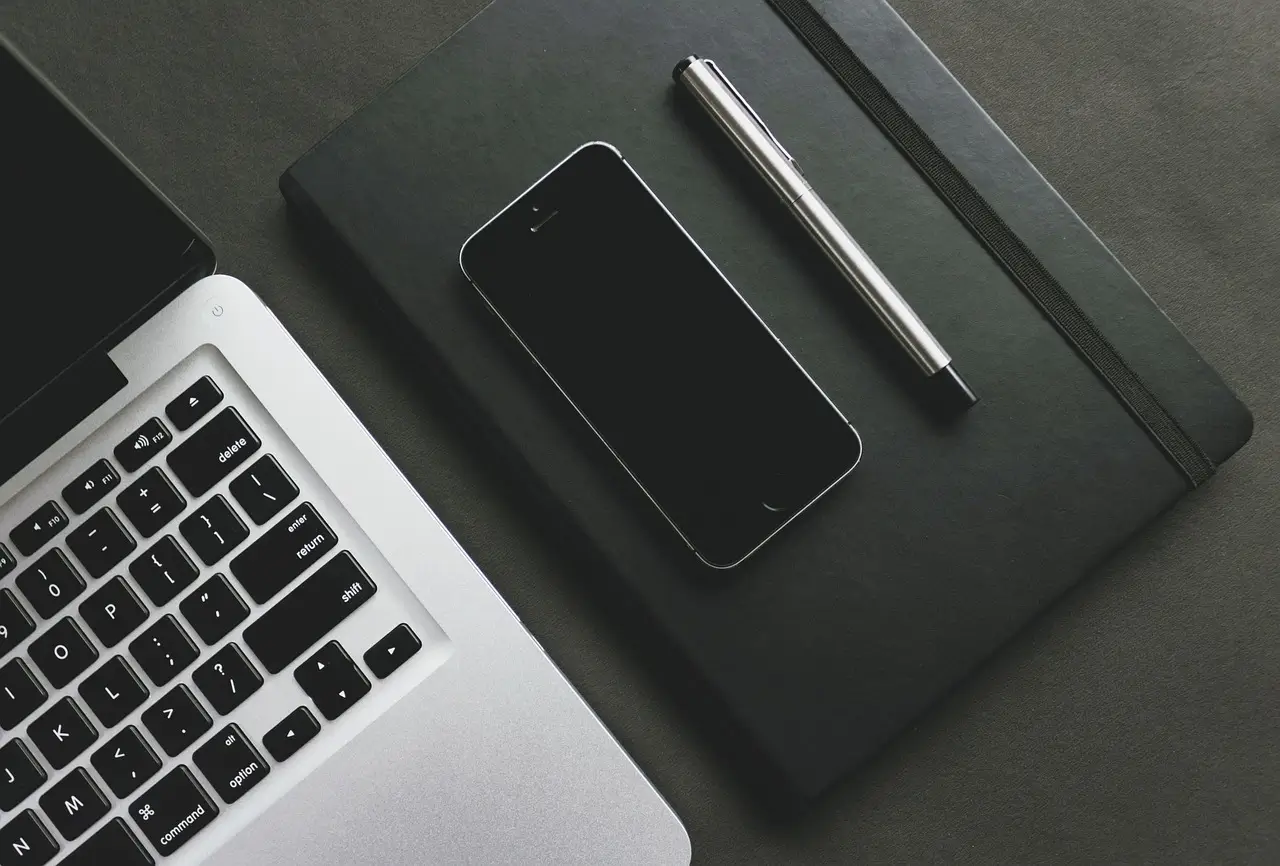You might be surprised to learn that 93%of users check their email every day, while 86% of customers expect to interact with businesses via this channel. With over 360 billion emails sent every day in 2024, email continues to be the backbone of professional and business communication worldwide.
There is no doubt that the ability to craft clear, professional, and friendly emails is vitally important, whether in daily life or business communications. Then, how to start an email professionally? This article covers everything you can learn, including right salutations, opening lines, real-life examples, and best practices. Let’s start diving into them now!
Why is it Important to Start an Email Professionally
As mentioned above, emails still play an important role in daily and business communication. Consider a well-crafted email opening as your first chance to make a positive impression with your colleagues, customers, or friends. It builds the tone of respect and clarity, encouraging recipients to fully engage with your email content and take required actions.
Whether collaborating with a team member, writing a cover letter, or contacting a new client, a professional opening is important for fostering mutually useful relationships. In a nutshell, it lays the groundwork for clear and respectful communication.
Interested in 18 Thank You for Your Order Messages [Cards & Templates & Images)
What Should be Included at the Start of an Email
A thoughtful beginning of an email should include a greeting, kind wishes, a self-introduction, and a clear reason for writing.
1. Greeting
It is the opening line of an email, such as “hello, hi, dear [name]” to set up a polite tone for the message. You can tailor it in various ways depending on your reason for writing or the recipient.
Kindly reminder: Some follow-up or urgent emails can skip a greeting, especially when they require quick replies that happen on the same day.
2. Necessary Self-Intro
If it is the first time to contact the recipient, you should briefly state your name, position or other necessary information. For example, “I’m [Name] from [Company], [Position]” to clarify your identity.
3. Kind Wishes (Optional)
Sometimes, you can also add a short kind wish, like “Hope you have a nice day”, “Hope this letter finds you well”, etc. However, for urgent matters or concise-focused recipients, this section can be omitted.
4. Clear Reason for Writings
It is advisable to add 1-2 brief sentences to explain why you are writing this email. This helps the recipient grasp the core quickly and take the required actions effectively. For example, a customer apology email usually contains this sentence: “I want to express my sincere apologies for this mistake/delayed items”.
How to Start an Email Professionally (With Templates & Examples)
Here we break down a professional email opening into 3 simple steps below: a right salutation, best email opening lines, and practical templates and examples.
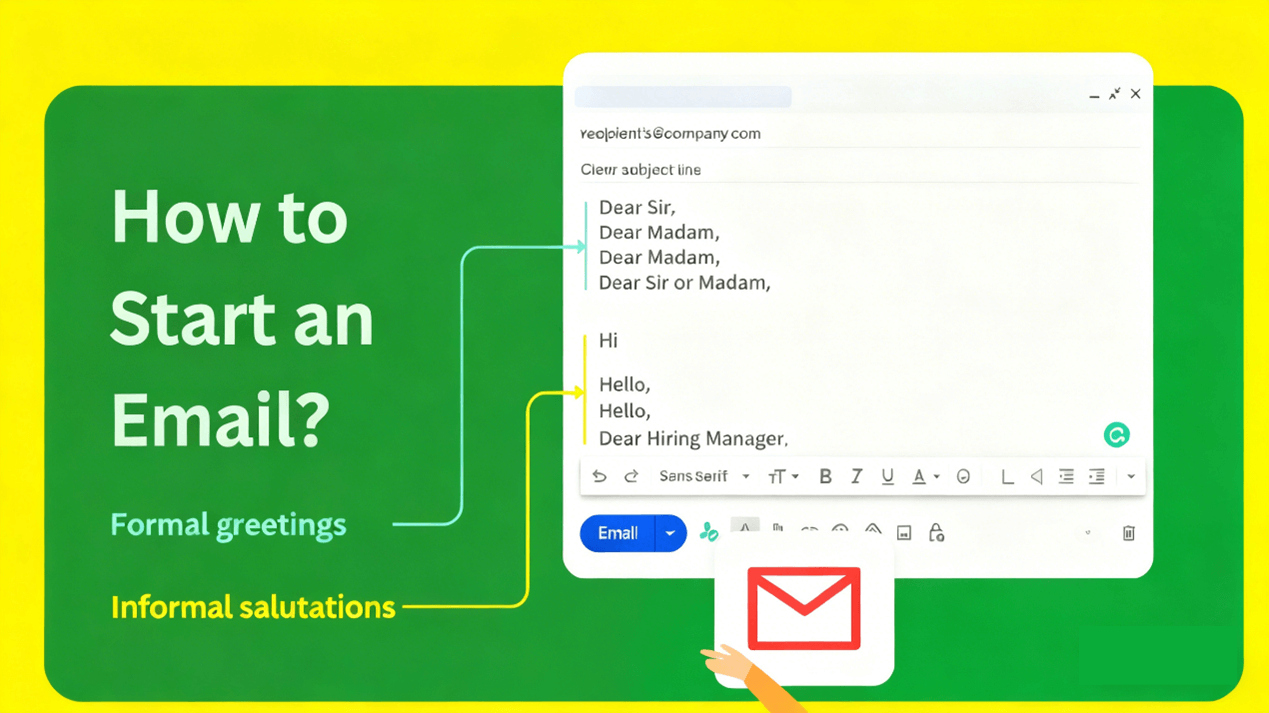
1. Pick the Right Salutation to Start Your Email
A salutation is the opening greeting of an email that launches your message. It’s typically followed by the recipient’s first name or title + the last name. As the key part of email etiquette, it shows respect for the recipient and sets a professional, appropriate tone from the start.
1. Hi [Name],
It is the most universal salutation in nearly every context, including business emails. It feels friendly yet neutral to most internet users. This salutation reflects today’s more relaxed online communication culture.
2. Hello [Name],
It’s more formal than “Hi” and less formal than “Dear”. It might be a perfect compromise in terms of business communication. This salutation is ideal for interactions with colleagues, familiar clients, or cross-team collaborations.
3. Dear [Name],
“Dear” is the most traditional salutation used in a formal and professional email. It’s more common in letters than digital emails, especially when paired with a first name alone. If you seek a slightly classic tone, feel free to use this salutation.
4. Dear [Title/Honorific] + [Last Name]
This combination is the most common and polite greeting used in formal emails and letters. It’s ideal for students to email professors, job seekers to draft cover letters, or address superiors. It’s the standard salutation for formal hierarchical interactions.
5. Hi there,
If you are not sure about someone’s name or addressing a group member, you can use “Hi there” as a salutation. It is ideal for groups, especially for mass marketing emails. It’s a reliable default for unknown names, avoiding the unprofessional awkwardness of “Hi,” which reads like a careless typo.
6. [Name],
It is the most direct greeting. Sometimes, no hello or goodbye is needed at all. Your recipient’s first name is enough. You can think of it as a gentle nod paired with their name, fitting all email scenarios, but it is not widely used because it may have multiple interpretations.
Let’s have a look at the following chart:
Template | Examples | Tone | Suitable Email Types |
Hi [Name], | Hi Mia, | Friendly, neutral, casual | Daily business communication, colleague collaboration, and familiar clients |
Hello [Name], | Hello Jack, | Semi-formal, appropriate | Regular work communication with clients, colleagues, and cross-team project collaboration |
Dear [Name], | Dear Oliver, | Formal, traditional, classic | Formal business correspondence |
Dear [Title/Honorific] + [Last Name] | Dear Dr. Ford, | Highly formal, polite, respectful | Emails from students to professors, job seekers’ cover letters, or to a superior |
Hi there, | Hi there, | Neutral, universal, non-offensive | Mass marketing emails, inquiry emails with an unknown recipient name |
[Name], | Benjamin, | Direct and concise | Quick internal follow-ups, brief communications, or urgent matter updates |
2. Choose the Best Email Opening Lines to Capture Attention
Opening lines are the first sentences after the salutation, different from subject lines. The key is to grab recipients’ attention amid crowded inboxes. It shows respect for others’ time while setting the tone and purpose of your message upfront.
Here we summarize 5 common types of email opening lines that you may need:
Type 1. Formal Email Opening Lines
When communicating with your professionals or colleagues, you can choose the following opening lines to start your email.
- I hope this email finds you well.
- I am writing to you regarding [Request].
- Thank you for getting in touch with me about [Subject].
- With reference to our recent conversation, I am writing to discuss [Specific Question].
- I am reaching out to inquire about [Specific Question]
Type 2. Business Email Opening Lines
Business email opening lines are usually designed to set a respectful tone and make a positive impression on customers, partners, or vendors. Just refer to the following sentences:
1. I wanted to provide you with an update on [Product Name]
2. Here's the information we discussed earlier.
3. Thanks for sending over the [Document Name].
4. It is good to have a conversation with [Subject].
5. I am contacting you about [Inquiry]
Type 3. Sales Email Opening Lines
This type of email opening line should align with specific business or customer pain points, driving them to engage with the value you offer. Here are several commonly used templates:
- I was impressed by your company's recent work on [Example], and I would like to explore potential opportunities for collaboration.
- Is your company looking to . . . [Find a good customer service solution to improve agent efficiency]?
- The reason for my email is that I may have a way to help you with [Their Pain Point].
- I noticed on your website that you [service/product] and thought you might be interested in this.
- Would you like your business to [reduce operational costs by XX%/turn more leads into sales]?
Type 4. Follow-up Email Opening Lines
Follow-up email opening lines should set the tone for re-engaging the recipient and recalling past communication. The following templates strike a balance between personal connection and professionalism.
1. Hope you don't mind me following up on this [Subject].
2. I hope this email finds you well. I wanted to circle back on our conversation regarding [Topic].
3. Thanks again for your time last week. Here's that additional info on [Topic] we discussed.
4.It was a pleasure speaking with you yesterday. When you have a moment, I'd love to continue our discussion about [Topic]
5. I'm eager to hear what you think about the proposal we sent over.
3. Refer to Templates and Examples of Starting an Email
Still confused about how to start an email greeting? Don’t worry. There are 4 real-life examples to get inspired.
Example 1. How to Start an Email Marketing Campaign
Hi there/[Name], we noticed your online store is scaling. Our shopping bot has helped [Company Name] reduce operational costs by xx%. Would you spare some time to see how we can support your growth?
Example 2. How to Start an Email to a Customer/Client
Hello [Name]. Thanks for choosing our service for your website! We’ve wrapped up the first design draft and attached it. If you want to tweak colors, layout, or add any details, feel free to contact us.
Example 3. How to Start an Email to Your Boss/Company
Dear Ms. Carter. Following our team’s check-in last week, I’m sharing the Q3 campaign budget draft. It aligns with our goals, and I’m looking forward to discussing adjustments anytime today.
Example 4. How to Start an Email with Good Morning to Friends
Good morning, Lily! I want to ask if you’re free for a hike this Sunday. The trail we talked about last week should be perfect with this weather. Let me know!
Example 5. How to Start an Email to a Teacher
Dear Prof. [Last Name], I hope this finds you well! I had a quick question about the upcoming lab report—could you clarify if we need to include raw data or just the analyzed results? Thank you!
Best Practices to Begin an Email
Here we summarize a few key practices to help you craft an effective and professional beginning of an email. Let’s follow:
1. Spell the Recipient’s Name Correctly
The first and most vital step is to spell the recipient’s name correctly. Missing the name will make your recipients feel disrespected and unvalued, and it’s hard for them to trust that you’ve paid attention to other important details. To build better relationships, make sure the entire email is read carefully and has no misspellings or errors.
2. Keep It Clear and Professional
Consider keeping your email greeting in a clear and professional tone that aligns with your relationship. It’s recommended that you avoid using overly friendly or excited tone, emojis, or excessive exclamation points.
3. Understand Your Recipient Well
To capture the recipient’s attention, you should tailor the email’s opening by understanding them thoroughly. For example, if you are familiar with the recipient, you can use a laid-back tone. However, you should adjust for individuals, small groups, or large organizations.
How to Start an Email FAQ
1. How do you start a formal email?
A formal email should be kept clear and professional. To start it, you can use some words like “Dear [Name], followed by a clear subject line. Besides, it’s wise to use a brief, polite opening line, such as “I hope this email finds you well", “Good morning”, etc.
2. What is the best sentence to start an email?
The best sentence to start an email should depend on the actual situation, but a professional opening typically includes a greeting and states the purpose briefly. For the first-time contact, it should contain a clear and direct introduction, such as “Hello, I’m [name], from [company], and I'm contacting you about [matter]".
3. How to start an email introduction?
To start an email effectively, you can use a clear subject line and an appropriate greeting, like “Dear [name]”, followed by a direct opening that includes your name, position, and states the reasons for writing the email. Besides, you can explain the connection with your recipient and how you got their contact information if necessary.
4. What is an email starter?
An email starter is typically the greeting or opening phrase that you use to begin the email. It sets the basic tone of the communication and includes an introductory sentence like “Hello [name], I hope this letter finds you well”.

